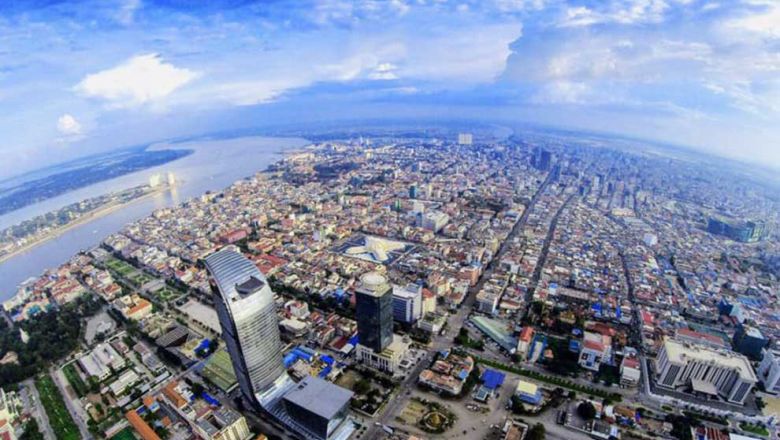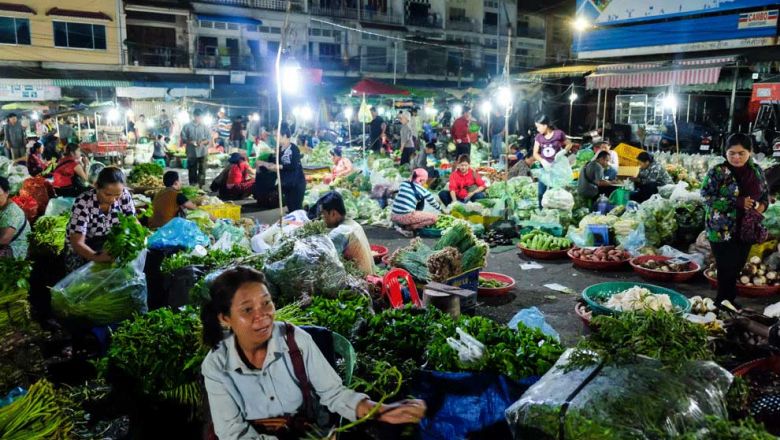Infrastructure continues to top gov’t spending list
Infrastructure continues to top gov’t spending list
The Cambodian government spent more than $11.376 billion between 1993 and June 2020 to finance public investment projects to support long-term sustainable economic growth and increase economic productivity and production.
According to a report issued by the Ministry of Economy and Finance and released earlier this week, in the first six months of 2020, the government signed concessional loan agreements with development partners (DPs) totalling $479.05 million.
That amount is equivalent to SDR 346.45 million and accounts for 25 per cent of the debt ceiling of SDR 1,400 million. SDR is an international reserve asset created by the IMF in 1969 to supplement its member countries’ official reserves.
In terms of the loans, 93 per cent – $443.65 million – were signed with bilateral DPs and slated for infrastructure and seven per cent – $35.4 million – with multilateral DPs and going toward other priorities.
The loans are highly concessional with an average zero-interest element of 56 per cent.
Infrastructure priorities include roads, bridges, railways, ports, airports, irrigation systems, electricity, water supply, and wastewater treatment plants.
Ministry of Economy and Finance spokesman Meas Soksensan told The Post on Wednesday the money is primarily used for the development of the infrastructure nationwide to improve the livelihoods of the people and support economic activities and transportation.
“We have had very stable economic growth over the years giving us a chance to save. The loans give us the ability to increase the quality of infrastructure which is different from before. We just focused on the quantity but now it is about quality,” he said.
Royal Academy of Cambodia economic researcher Hong Vannak pointed out that Cambodia remains a qualified nation in the eyes of DP countries and international financial institutions in debt management and the country’s debt remains relatively low compared to GDP.
He said more than 90 per cent of the government’s debt has been used for infrastructure, economic growth and poverty reduction.
“I have observed in the last 10 years the quality of infrastructure development has improved due to quality checks by experts brought in by donors or development partners.
“We have had much more efficiency in loan usage and this helps reduce poverty and support the economic growth of the nation,” he said.
According to the ministry’s report, the government has distributed $8.49 billion from DPs in the past 17 years accounting for 65 per cent of the total borrowing of which 86 per cent covered public investment in infrastructure and 14 per cent other priority sectors.















